Where Danger Meets Daily Life
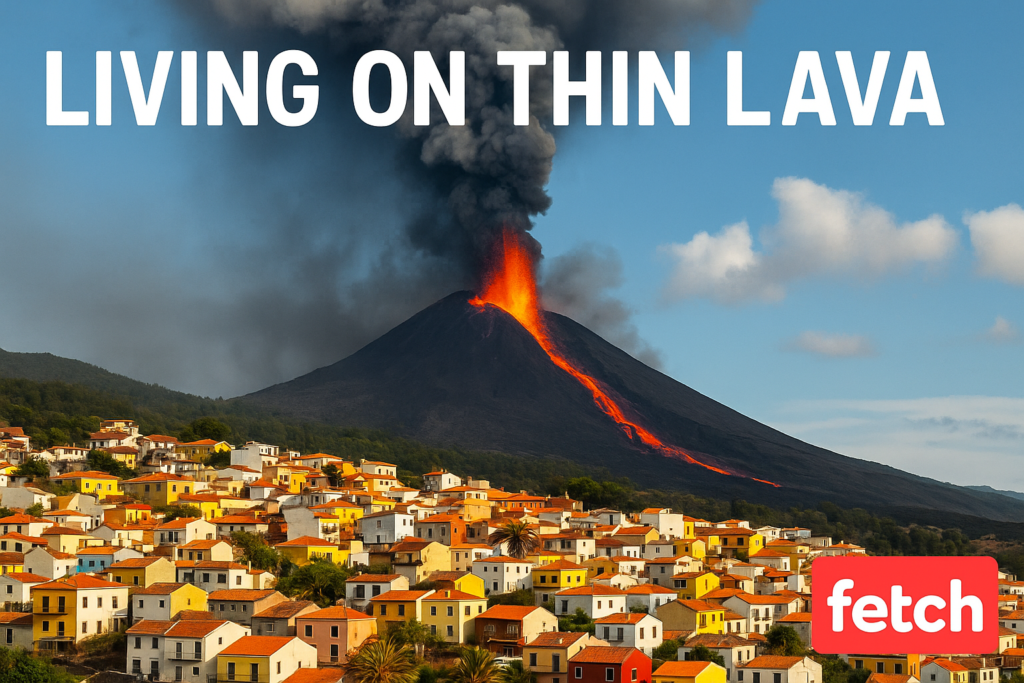
Living life on the edge takes on a whole new meaning in these towns, where volcanic eruptions are a constant threat. Yet, residents thrive in the shadow of nature’s fiery giants, embracing the beauty and danger that comes with living on the volatile edge of our planet. Here are 7 towns that dares to do such.
1. Pompeii, Italy
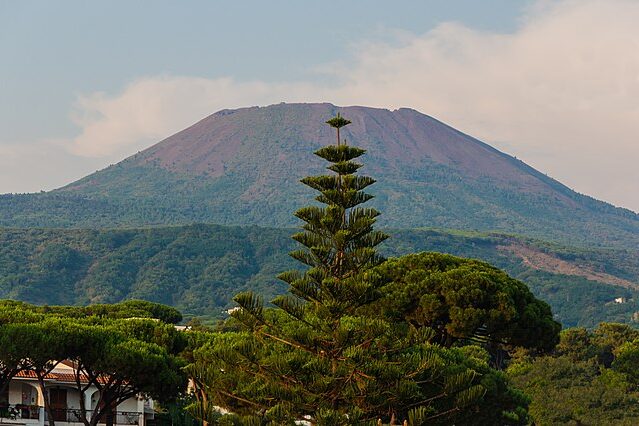
Pompeii, nestled at the base of Mount Vesuvius, is an ancient city, famously destroyed in 79 AD. Presently, it has risen from the ashes to become a thriving archaeological site and a symbol of rebirth. Today, the modern town of Pompeii thrives on tourism, drawing millions of visitors eager to explore the ruins and learn about its tragic yet fascinating history. The people of Pompeii have also learned to coexist with the ever-present threat, using advanced monitoring systems to stay prepared. The volcano, while dangerous, also enriches the soil, making the surrounding areas fertile for agriculture. Vineyards and olive groves flourish here, producing some of Italy’s finest wines and oils.
Source: en.wikipedia.org
2. Kagoshima, Japan
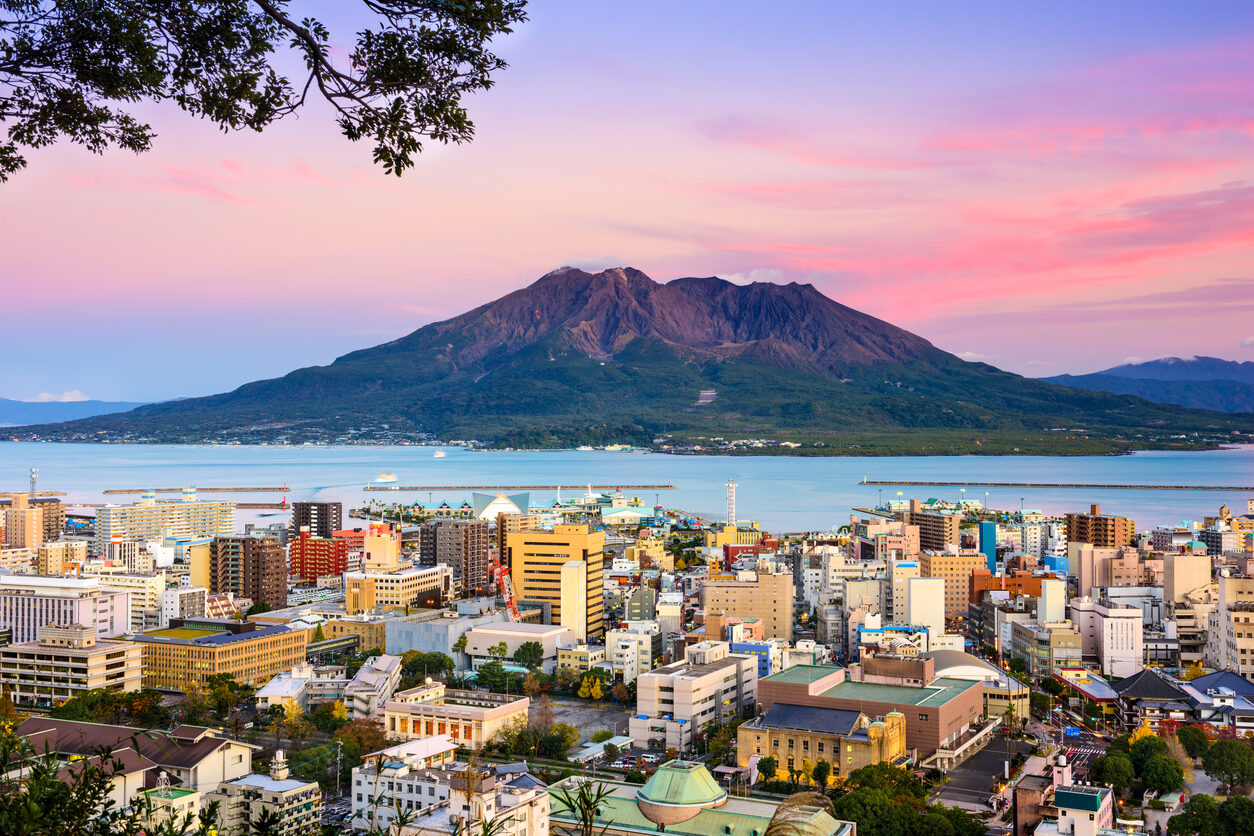
Kagoshima, often called the “Naples of the East,” sits in the shadow of Sakurajima, one of Japan’s most active volcanoes. The city’s residents have a unique relationship with the fiery giant, viewing it as both a threat and a source of pride. Sakurajima’s frequent eruptions are a part of daily life, with ash often dusting the streets and rooftops. Yet, the people of Kagoshima have adapted, creating a lifestyle that embraces the volcano’s presence. The city’s hot springs, fed by volcanic activity, are a popular retreat for locals and tourists alike, offering a soothing contrast to the fiery landscape.
Source: en.wikipedia.org
3. Antigua, Guatemala
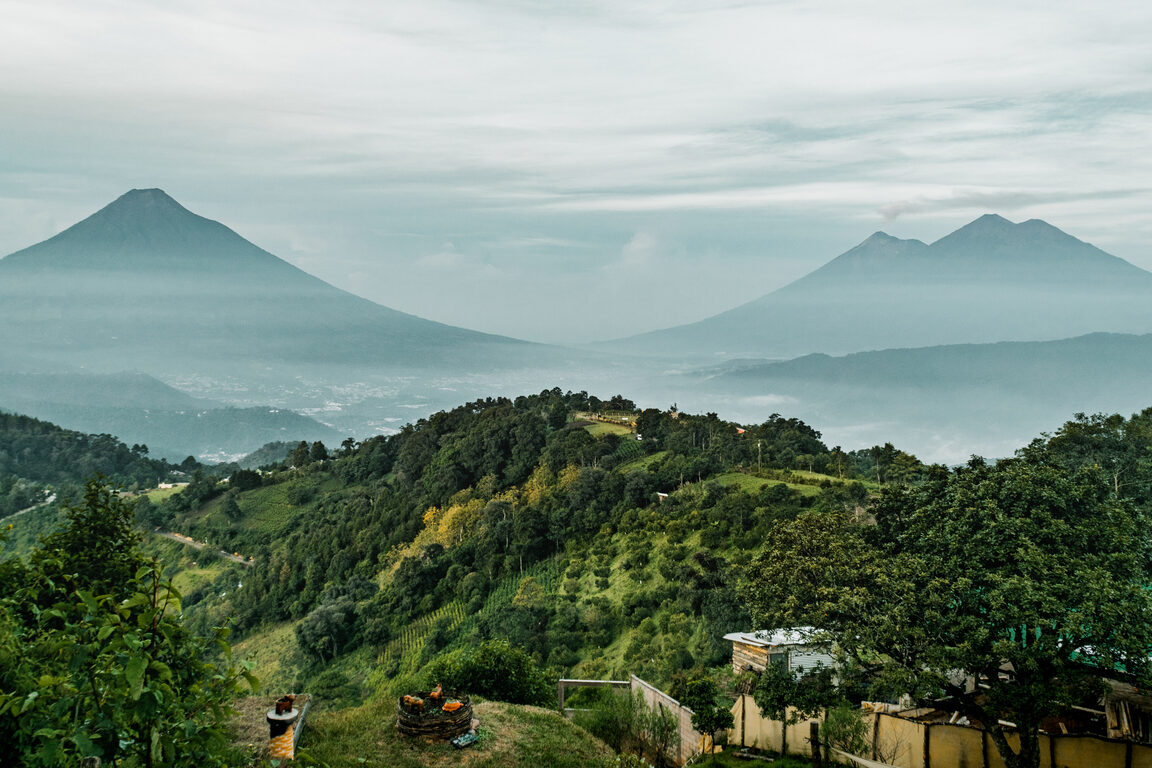
Antigua, a colonial town, lies in the shadow of three towering volcanoes: Agua, Fuego, and Acatenango. The town’s cobblestone streets and colorful buildings are framed by the dramatic backdrop of these natural giants. Antigua’s residents have learned to live with the occasional rumblings of Fuego, which is one of the most active volcanoes in Central America. Also, the town’s history is marked by resilience, having been rebuilt several times after devastating earthquakes and eruptions. Today, Antigua is a UNESCO World Heritage Site, attracting visitors with its charm and cultural richness.
Source: en.wikipedia.org
4. Hilo, Hawaii
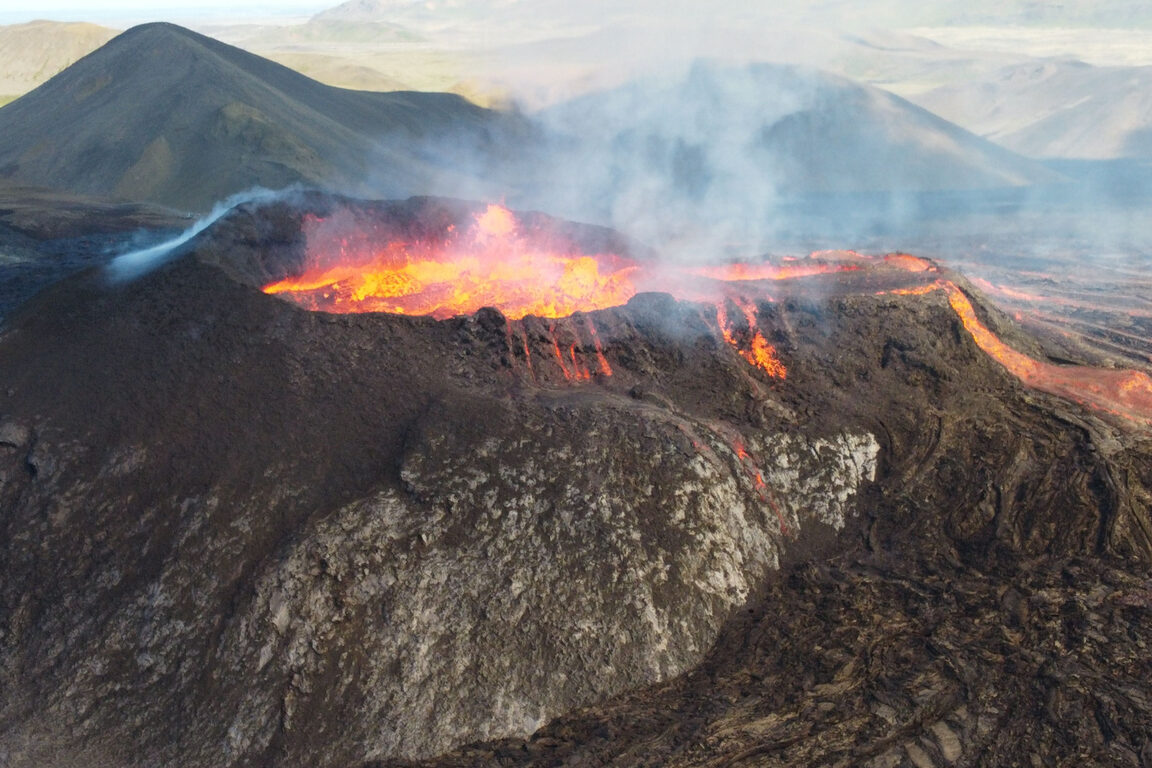
Hilo, located on the Big Island of Hawaii, is a lush tropical town that thrives in the shadow of Mauna Loa and Kilauea, two of the world’s most active volcanoes. The town’s residents have a unique relationship with these volcanic giants, viewing them as both a source of danger and a blessing. The frequent eruptions of Kilauea have also shaped the landscape, creating black sand beaches and dramatic lava fields. The town’s proximity to Hawaii Volcanoes National Park makes it a hub for eco-tourism, attracting visitors from around the world, making it a paradise for nature lovers.
Source: en.wikipedia.org
5. Arequipa, Peru
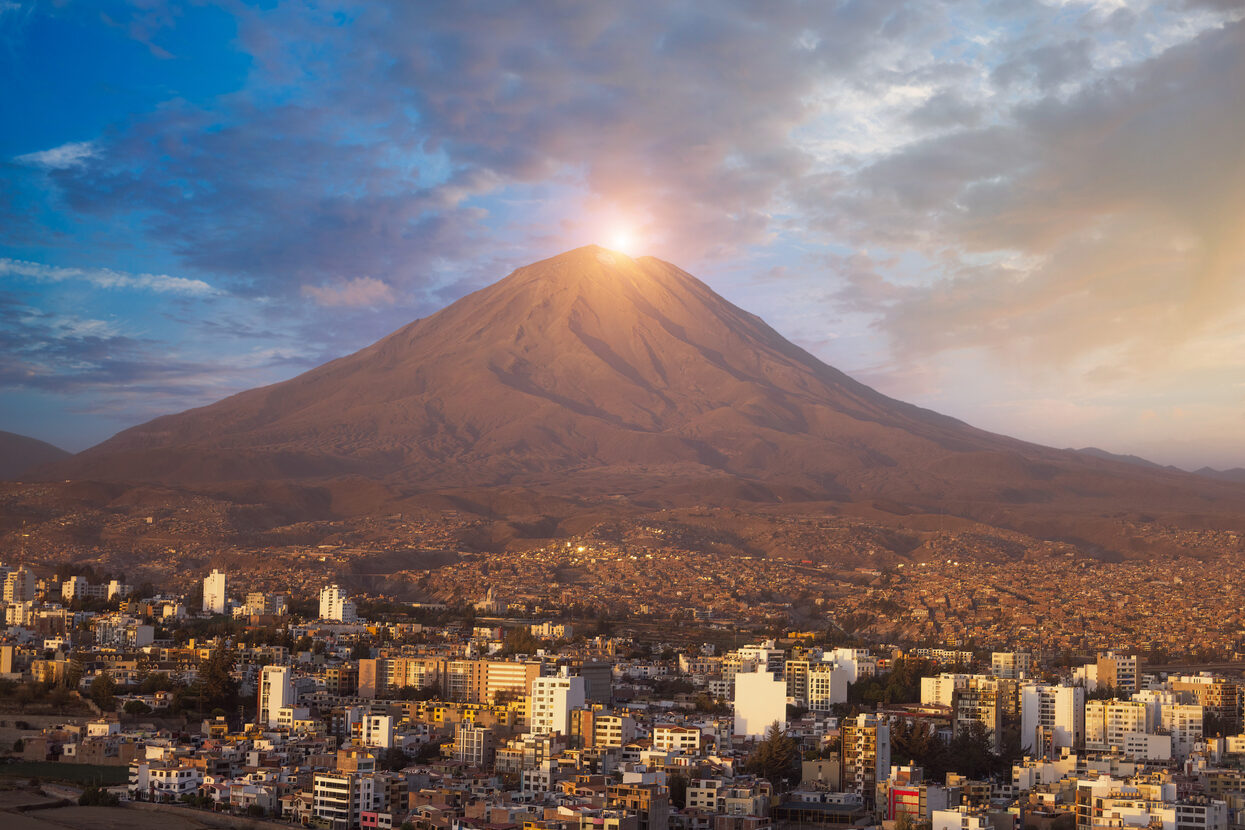
Arequipa, is known as the “White City” for its stunning buildings made of white volcanic stone. It sits at the foot of the towering Misti volcano, which has shaped their culture and history. The fertile volcanic soil supports agriculture, including the production of quinoa, corn, and potatoes, often incorporated in their local cuisine. Arequipa’s residents also take pride in their volcanic heritage, hosting festivals and events that celebrate the region’s natural beauty. All these are framed by the dramatic backdrop of Misti, creating a unique setting.
Source: en.wikipedia.org
6. Taupo, New Zealand
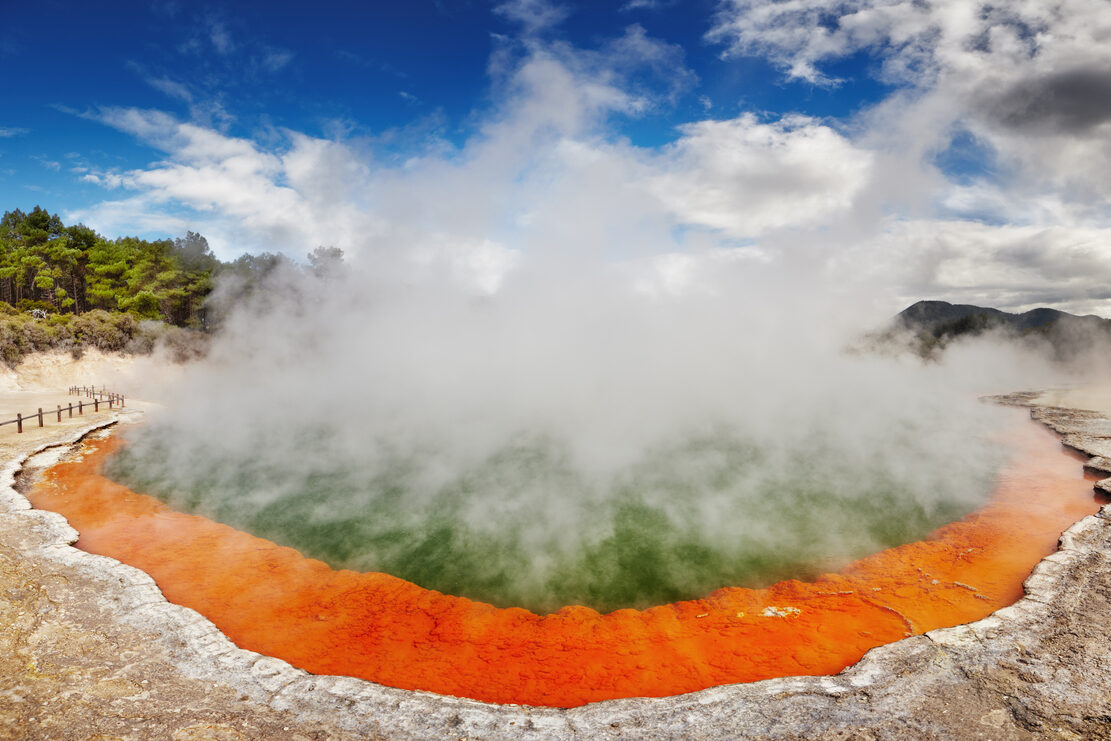
Taupo, located on the shores of Lake Taupo, is a town that thrives in the shadow of the Taupo Volcano, one of the most active super volcanoes in the world, which has shaped the landscape and the residents way of life. Lake Taupo, formed by a massive volcanic eruption thousands of years ago, is now a popular destination for fishing, boating, and water sports. Also, The town’s geothermal activity, including hot springs and geysers, adds to its allure.
7. Reykjavik, Iceland
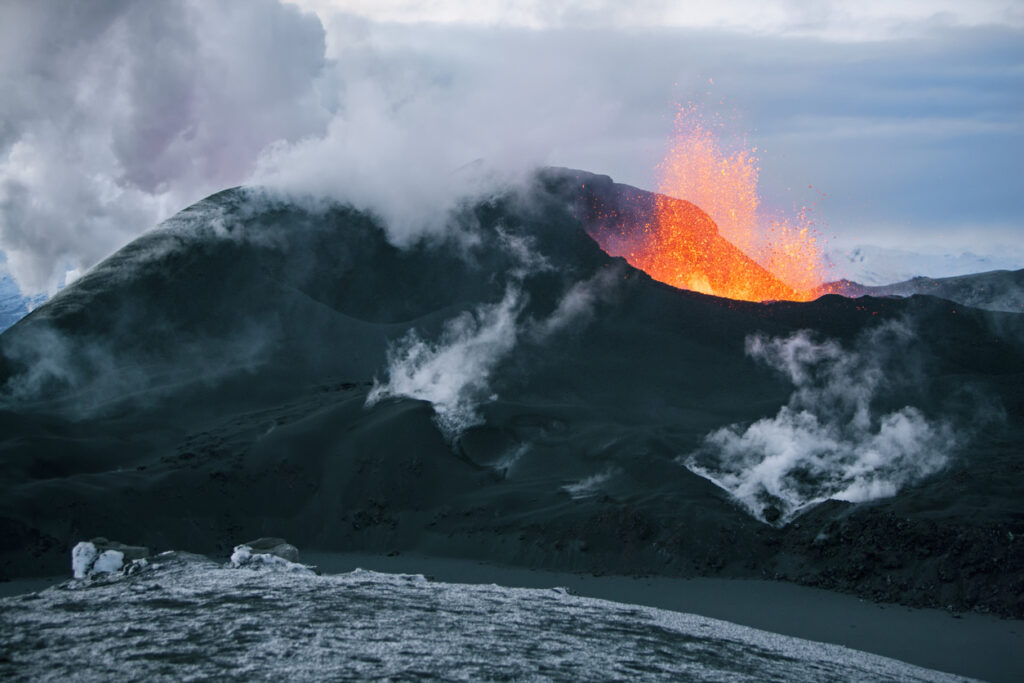
Reykjavik, the capital of Iceland, is a vibrant city that thrives in the shadow of several active volcanoes, including Eyjafjallajökull and Hekla. The city’s residents view them as both a source of danger and a blessing. Reykjavik’s geothermal activity, including hot springs and geysers, is a major draw for tourists and locals alike. The city’s geothermal energy also powers homes and businesses, making it one of the greenest cities in the world.
Which of these towns have you visited? Share your experiences in the comments!


